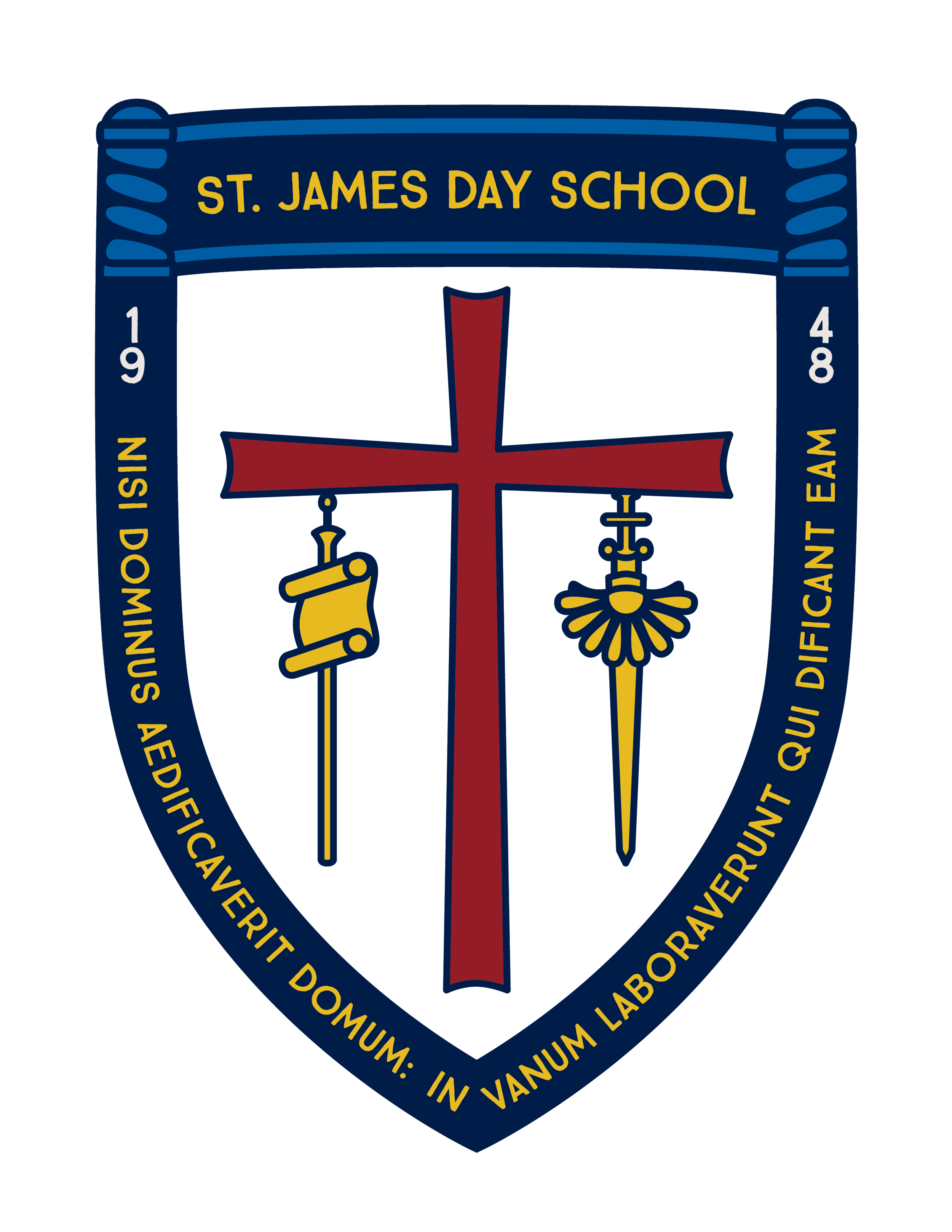We had a big ending to our music study. A big thank you goes to Dr. Benjamin, who took time from his busy schedule to come and play the guitar and sing with us. He also brought a ukulele that the children passed around to examine and play.
The children were also excited that Mrs. Tipton let them play the big drums in music class. Activities like this help children learn to appreciate different musical instruments. Music can affect children’s literacy development and academic performance.
We worked on our one-to-one correspondence by counting flowers, cutting out the appropriate number, and glueing the number beside the correct ten frame. They did an amazing job with this activity. They will be on display for Grandparents Day.
We are on the exercise study. Why are we studying exercise in PreK? Our bodies are made to move. Young children are in nearly constant motion when they are awake. A study of exercise not only offers opportunities for children to explore a topic that interests them, but also enables them to gather information, become more aware of the world around them, and solve problems. The children will explore many types of exercise and also learn about nutrition and jobs related to exercise.
Our home living center has been turned into a gym!! This has been the most popular center, and thank you to those that have sent equipment for us to use during this study.
The boys and girls played a fun roll the dice, look at your key, and draw a snowman game. They rolled a number, and had to look at their key to determine what part of the snowman they had to draw. What a great activity to help sharpen our counting skills!
We reviewed letters that we have had so far this year. I taped butcher paper to the floor, called out the letter, and the children had to write that letter in their section of the paper. They loved this activity!! Young children’s alphabet knowledge, especially their ability to rapidly name letters and numerals in random order, is a strong predictor of later reading, writing, and spelling ability.
The children explored dance and movement concepts in P.E. One of the first ways that children express themselves is through movement. Each new movement gives children more information about the capabilities of their bodies. Preschool children demonstrate knowledge of dance and movement in many ways when they use scarves and streamers as they respond to music.


































































